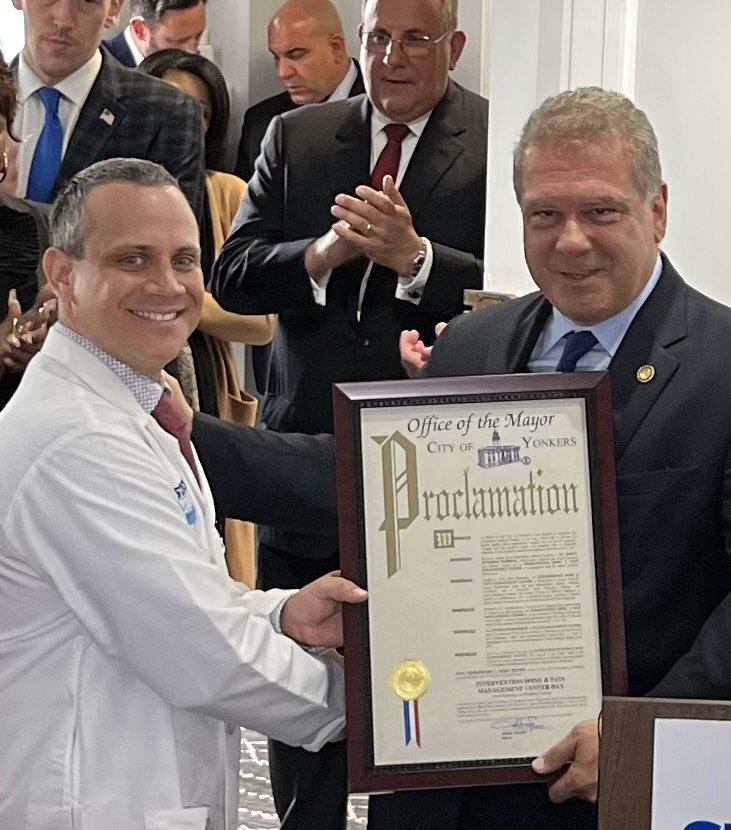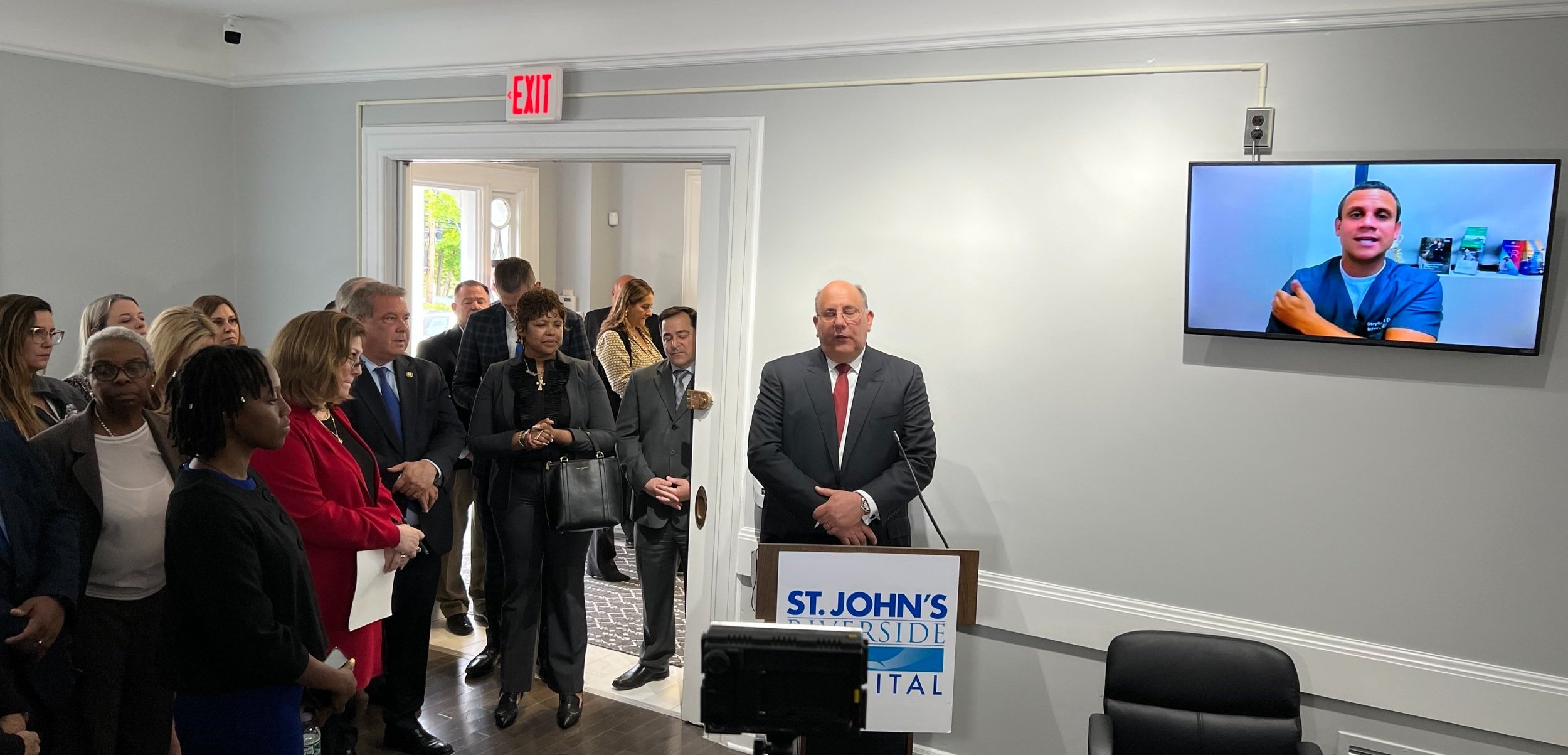Pain can be either acute or chronic. Acute pain lasts a short time, usually results from a specific cause, and goes away upon healing. Chronic pain can last for months or even years and can be difficult to manage.
Every day, millions of Americans experience pain, which can have an adverse effect on quality of life. Although the degree of pain felt differs from individual to individual, it is a complex syndrome that signals that something is not quite right with your body. Receptors, called nociceptors, sense pain stimuli and send the message to the brain. The brain then processes the information from the receptors as pain. Pain perception is a very complex process that involves many different regions of the brain using neurotransmitters (chemicals in the brain) to communicate between neurons (brain nerve cells). Understanding how pain works and an individual’s perception of it is important in evaluating and managing pain.
Read articles from current and all previous issues of The Neighborhood Buzz: Rivertowns, plus receive a printed copy of the magazine every 3 months.
Pain can be managed in many ways. Relief from acute pain may be had from using at-home remedies such as RICE (rest, ice, compression, and elevation); over-the-counter anti-inflammatories, such as aspirin and ibuprofen; topical pain relievers; exercise; and warm washes and baths. Physical therapy, acupuncture, chiropractic adjustments, and massages are hands-on treatments that are helpful as well. For some individuals, chronic pain can be aided through cognitive behavioral therapy and biofeedback. Meditation and counseling can be useful in managing responses to pain as well. Lifestyle changes such as losing weight, staying hydrated, eating a balanced diet, getting enough sleep, and managing stress can help to cope with and even relieve pain. Sometimes, pain may require more advanced interventions such as injections, nerve stimulation, or prescription medications.
Depending on the type of pain and the individual, pain management may or may not completely alleviate the pain or treatments might take a while to become effective.
Pain Management Center
An alternate way to manage chronic pain is the goal of the new Interventional Spine & Pain Center at St. John’s Riverside Hospital in neighboring Yonkers. Headed by Dr. Stephen Erosa, an interventional spine and pain specialist, the center works with patients to achieve long-term chronic pain relief without relying on prescription medications that can produce side effects as well as result in intolerance and dependence. The center employs techniques—such as injections, neuromodulation, and radio frequency ablation—to directly target the source of pain. Emphasis also is placed on rehabilitation and physical therapy.
Chronic pain conditions that can be treated include common joint pains of the neck, back, and hip, as well as post-surgical pain and spinal stenosis. Because everyone experiences pain differently, treatment plans are individualized to each patient for the best outcome in regaining pain-free function.
View Dr. Stephen Erosa’s Pain Management Webinar Video at:
www.youtube.com/watch?v=tm6M-fFwbCA
For More Information: St. John’s Riverside Hospital
Interventional Spine & Pain Center
1022 North Broadway, Yonkers. NY 914-904-4040
https://riversidehealth.org/specialty-services/surgical-services/pain-management/



